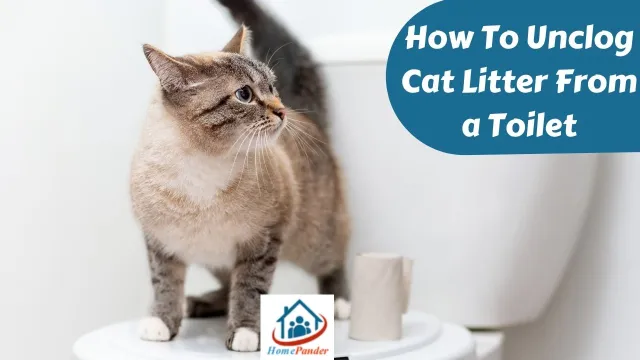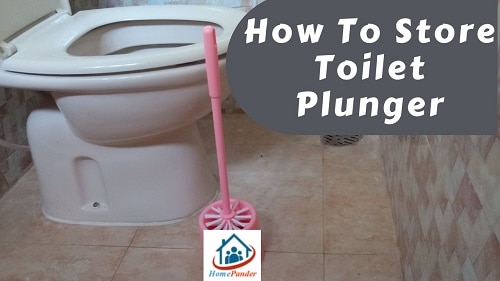As a homeowner, you would often have to deal with clogged and smelly bathroom drains. It’s an unavoidable inconvenience, but if you know how to clean bathroom drain pipe, you can avoid paying exorbitant plumbing fees and remedy the crisis by yourself.
You can clean bathroom pipes by applying homemade mixtures like baking soda and vinegar mix. A plunger or a hanging wire might also come in handy. On top of that, you can contemplate using commercial cleaning agents.
In this article, we will not only talk about how to clean bathroom pipes. We will also address the factors that lead to blockage in bathroom pipes. Is there anything we can do to prevent this from happening? In the following few paragraphs, we will have an in-depth discussion that will cover all these aspects.
Things You Will Need
- A cooking pot/kettle/electric kettle
- Water
- Liquid soap/ detergent powder
- A plunger
- Petroleum jelly
- Screwdriver set
- Zipper pouch
- Rubber gloves
- Chemical formula
- Safety goggles
- Mask
- Hanging wire
- Pliers
- Vinegar
- Baking soda
- Plumber’s snake
How to Clean Bathroom Drain Pipe
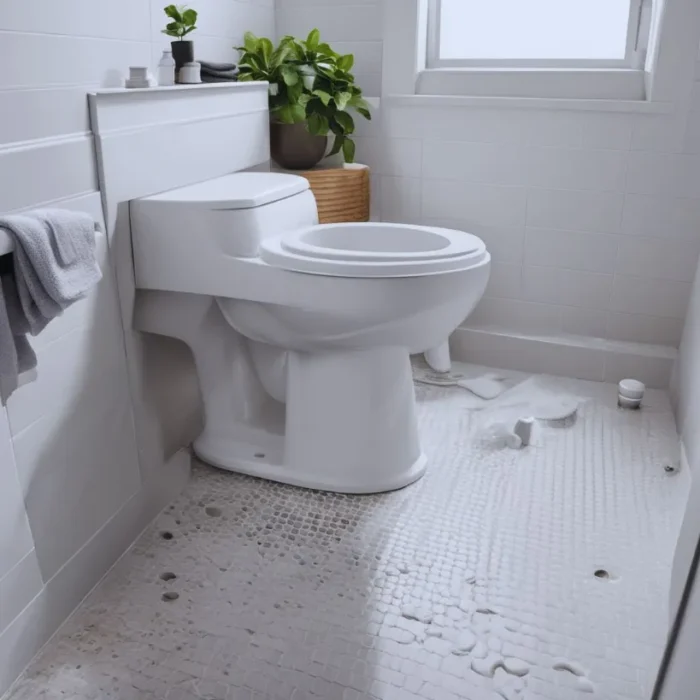
Using Hot Water & Detergent?
Step 1. Take Water In The Pot/Kettle
Take a regular-sized cooking pot that can hold at least two liters of water. You can also take a kettle that has a similar capacity. An electric kettle would be an even more convenient option. Pour eight cups of water into the pot/kettle.
Step 2. Heat The Water
Put the pot on the stove and turn up the heat. Wait for the water to boil. If you are using an electric kettle, plug it into an outlet and turn it on. Turn off the kettle as soon as the water starts fizzing.
Step 3. Mix Soap
Take three tablespoons of liquid soap and mix it with the water. Stir it with a stirring spoon. Some people choose to ignore this step. You can skip it too if you want, but we recommend using a detergent for better hygiene.
Step 4. Flush The Drain
Turn off the stove and grab the pot wearing oven muffs. Take it to the bathroom. Flush the water into the drain. If your bathroom pipes are plastic-made, you should wait a few minutes for the water to cool off. Excessive heat might damage them. Repeat this process a few times. We recommend three or four times with thirty-minute intervals.
Using Plunger
Step 1. Prepare The Plunger
Take a plunger and coat the edges of its suction pads with petroleum jelly. This will enforce a superior seal and boost the suction capacity of the plunger.
Step 2. Place The Suction Cup On Top Of The Drain
Remove the drain cap using a screwdriver and position the suction end of the plunger on top of it. Make sure the suction cap completely covers the drain. Keep the shower or faucet on so that the suction cup gets wet. This will further enhance the suction.
Step 3. Plunge The Blockage Out
Plunge with great force so that the plunger draws out the hair and muck. We suggest using the Master Plunger MPS4 Sink & Drain Plunger for cleaning your bathroom drain. Continue plunging until the blockage clears.
How To Clean The Drain With Your Hands?
Step 1. Wear Gloves
Drains are bacteria havens. So, you must wear a pair of rubber gloves to keep your hands clean. It will also prevent your hands from sharp edges caused by mineral accumulation or damaged pipes.
Step 2. Remove The Drain Cap And Detect The Clog
Undo the drain cover by removing its screws with a screwdriver. Keep the screws in a plastic zipper pouch so that you can easily find them later. Check out the drain. Use a flashlight and try to detect the clog. If the clog is not reachable, you would have to rethink your strategy. If it’s reachable, proceed to the next step.
Step 3: Push Your Hands Inside The Drain
Insert your hand inside the drain and grab the clog. Take it out to remove the pipe blockage. Once you are done, run some water into the drain to make sure you have gotten rid of the obstruction.
How To Use Commercial Cleaners For Cleaning Drain?
Step 1. Buy A High Quality Cleaner
Buy a high-quality unclogging solution. In our bathroom basin drain maintenance article, we recommended the Drano Max Gel Drain Clog Remover. You can also choose the Instant Power Hair & Grease Drain Opener, which has been heavily backed by the likes of dengarden.com.
Step 2. Wear Protective Gear
Put on a pair of gloves, mask, and goggles. Most of these chemicals are toxic. Even the non-toxic ones would cause you severe discomfort.
Step 3. Follow The Instructions
Read the instructions and apply the solution accordingly. Never mix two different kinds of commercial cleaners, hoping for a booster effect. If you do so, it might lead to a severe accident.
Using Baking Soda & Vinegar
You can do this in two different ways. We’ll go through both. The first method requires you to take 1/3 cup of vinegar and 1/3 cup of baking soda. When the mix starts to bubble, run it down the drain. Flush with hot water an hour later.
Alternatively, you can drop a cup full of baking soda into the drain without mixing it with anything else. Pour a cup full of vinegar into the drain a couple of minutes later. The combination of vinegar and baking soda should take about an hour to break down the clog. So, after an hour’s wait, run hot water to clean off the remnants.
Using A Wire Hanger
Pick a wire hanger from your closet. Take a pair of needle-nose pliers like the Sea Striker P6. Pull the base of the hanger and straighten it. Keep the hook part intact. Curl the other end of the hanger to form a loop. Remove the drain cap and put the hook end of the hanger inside. Plunge it as deep as possible.
Rotate the hanger a few times as you firmly hold on to its handle. Your goal is to capture as much grime as possible. Pull out the hanger. The hook should bring out a lot of dirt. Repeat steps 1-5 until the pipe clears out.
How To Use A Plumber’s Snake To Clean Drain Pipes?
Unfasten the drain cap and slip the snake in. Keep going until it touches the clog. Jiggle the handle. Similar to the wire hanger method, the aim is to trap more dirt. Take the snake out and get rid of the dirt. You can repeat the process as far as the pipe becomes free of blockage.
What Is The Best Way To Clean Bathroom Drain Pipes?
All of the methods we have talked about here are effective to some degree. The hot soap water treatment and plunging are the most simplistic approaches to tackle this problem. They do work in some cases, but for more rigorous cleaning, you would have to think about plan B. Since they are easy to do, we suggest trying these two techniques first.
Once you rule these off, you would have to move on to the other methods. Trying to take out the clog with your hand would be a successful plan if it’s within reachability. However, for deeper deposits and mineral accumulation, you can’t try with your hands—time to move on to other options.
The vinegar and baking soda procedure is our personal favorite since its low cost, environment friendly, and largely effective. However, in very severe cases, you would be compelled to use commercial formulas. We don’t encourage regular chemical cleaning, but you would have to go for the big gun when nothing else works.
The hanging wire methodology is also a low-key effort. You can fix moderate clogs with it, but it’s futile against heavy sediment buildups. The plumber’s snake is more fruitful, but the plumber’s snake is not something you would find in a regular toolbox. Also, you might need some practice beforehand to get hold of it.
So, in our book, the best approach is the vinegar and baking soda one. It mostly works, but when it doesn’t, use one of our recommended anti-clogging products. Try not to make a habit out of it, though. If you take the time to flush hot water down the drain every week, you might not have to use these chemicals ever.
Frequently Asked Questions
[faq-schema id=”4492″]
Final Say
Without prior experience, cleaning drain pipes can be far more than effortless. For this reason, we have attempted to simplify it. We have discussed how to clean bathroom drain pipes in straightforward steps. Now, you can take matters into your own hands when your bathroom drainage system malfunctions.




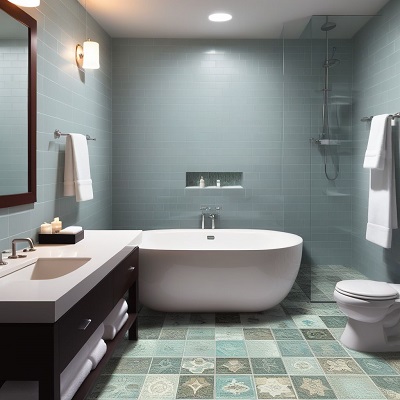

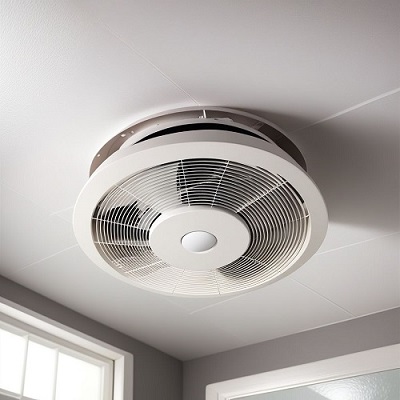



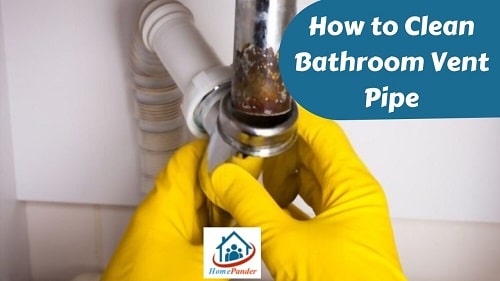
![How To Clean Dark Grout That Has Turned White [5 Easy Ways]](https://homepander.com/wp-content/uploads/2021/12/How-To-Clean-Dark-Grout-That-Has-Turned-White.webp)

![How to Remove Crystallized Urine [Explained]](https://homepander.com/wp-content/uploads/2022/02/How-To-Remove-Crystallized-Urine.jpg)


